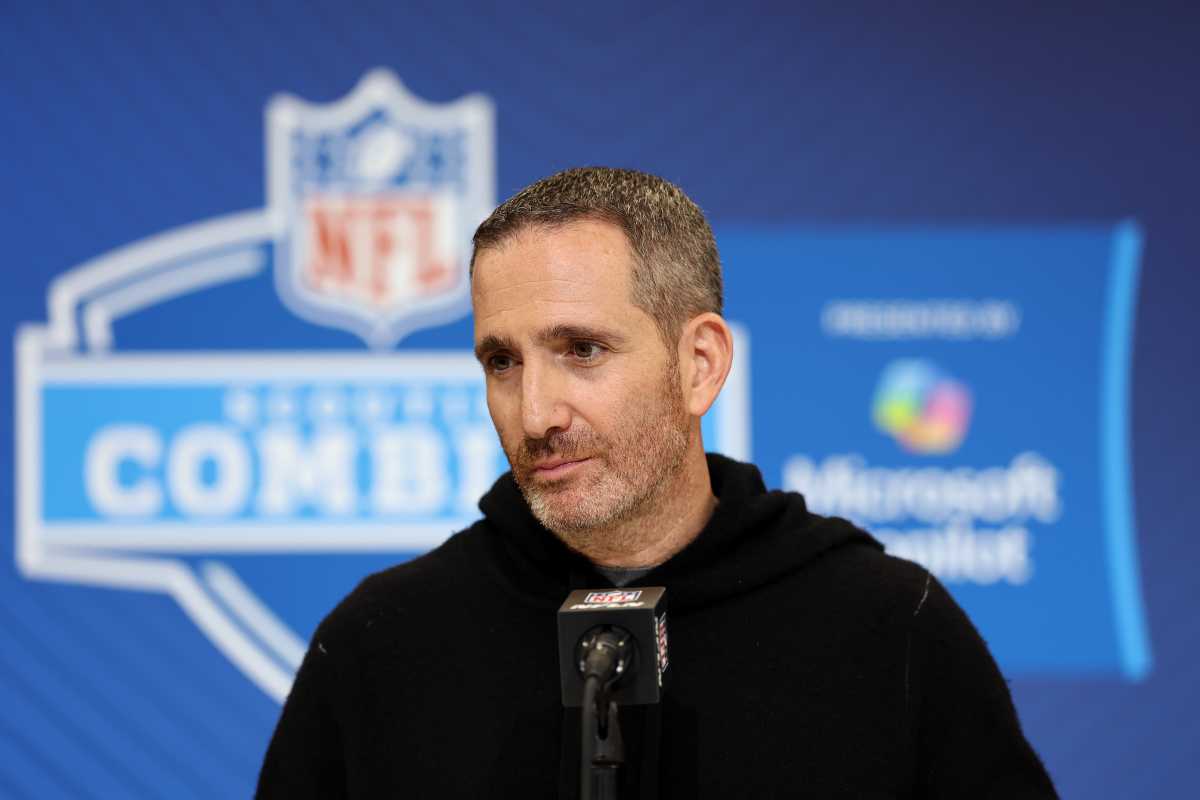 A home in the Manayunk section of Philadelphia preparing for the effects of Sandy last year.
A home in the Manayunk section of Philadelphia preparing for the effects of Sandy last year.
Credit: Rikard Larma / Metro
It’s been almost a year since Hurricane Sandy ripped through the East Coast, causing an estimated $50 billion in property damage alone.
While city officials say Philadelphia is prepared to deal with a disaster of Sandy’s magnitude, experts aren’t so sure the country, overall, is as well-equipped.
On a local level, when asked if Philadelphia is prepared for such an event, Office of Emergency Management director Samantha Phillips said
“I think, in basic terms, yes.”
“We’re certainly prepared to an extent, but there’s also this element of realism with major storms like that,” she continued.
“There’s going to be significant damage. There are going to be long term power outages. People will be displaced from their homes and businesses. While I think we’re prepared, I don’t want people to think a storm of that magnitude won’t have very significant implications for the city of Philadelphia.”
Phillips and her team have since Hurricane Sandy hit nearly a year ago been developing safeguards to shield Philadelphia from a similar disaster.
Chief among them is enhancing the city’s Emergency Operations Center, a hub through which officials across multiple departments gather and analyze information, then make decisions.
“We’ve been really focusing on how we gather information in the EOC, how we use information and really training other agencies how to better function within the Emergency Operations Center,” Phillips said.
She said the city has also been working on a mass shelter program, testing buildings and analyzing power feeds to ensure those displaced by disasters have safe places to stay.
“We’ve done work over the past year to really take a thorough analysis of our options and prioritize what locations to use make sure we put the public in the safest place,” she said.
“We’ve done a lot to streamline and take the guesswork out of our emergency management efforts. We’re ready to go, basically.”
She said the Office of Emergency Management has also held preparedness workshops in every geographical area of the city educating residents about creating their own home emergency plans.
The office worked with community organizations to advertise and host the events and spread the word through traditional and social media.
“One of the things we learned during Sandy is the best thing that government can do during emergencies is be very honest and have a very frank conversation with the public,” Phillips said.
“Disasters are inopportune and they’re messy. We all have a responsibility. Certainly, the government has large chunk of that responsibility, but it’s also the public. There are individual and collective responsibilities to prepare and it’s important for all of us to take the time now to make sure we’re prepared.”
Bigger picture
So is the country, in general prepared to face another disaster of Hurricane Sandy’s magnitude?
Not quite, according to Drexel University professor Scott Gabriel Knowles, who in February authored “The Disaster Experts: Mastering Risk in Modern America.”
Knowles believes the overarching framework through which the country deals with natural disasters could use a major overhaul.
“These disasters are not one-off visitations of angry nature,” he said.
“We are living in disaster in the United States. We are continually in a cycle of paying off and dealing with the human and the material results of these storms. … We are living in disaster and it’s important that we see the losses of these hurricanes part of larger phenomenon of American life.”
Congress in January appropriated $50.5 billion in Hurricane Sandy emergency relief funding and FEMA as of June approved $1.4 billion in assistance.
“It’s probably not sustainable that we’re going to continue to appropriate that amount of money after every hurricane, and ones that strike big, densely-populated areas like Sandy are going to be that expensive,” Knowles said.
In addition, more people than at any other point in the nation’s history now reside in vulnerable areas. According to the National Oceanic and Atmospheric Association, 39 percent of Americans currently live in coastal counties.
“We have 100 million Americans who are exposed, not all of them to hurricanes, but many, many more millions than were exposed 50 years ago,” Knowles said.
“So we can’t just pretend this is something that is going to happen once in a while. This is now a structural feature of American life. I think the question to citizens and policy makers is what we’re going to do about that.”
Knowles identified several possible solutions, among them commonsense reforms around land use and continuing research on issues like climate change, storm mitigation techniques and rebuilding sea walls and wetlands.
“That requires an ongoing commitment to research from the National Science Foundation and other bodies,” he said.
“We could be doing all of those things much more vigorously.”
Knowles further pointed out in the wake of Sept. 11, 2001, FEMA was folded under the umbrella of the Department of Homeland Security.
“That means a lot of FEMA’s work around natural hazards like hurricanes moved second behind national security,” he said.
“We should consider moving it out of the Department of Homeland Security into a free standing agency like it was in the 90s, recognizing we’re living in disaster and it’s not going away.”

























